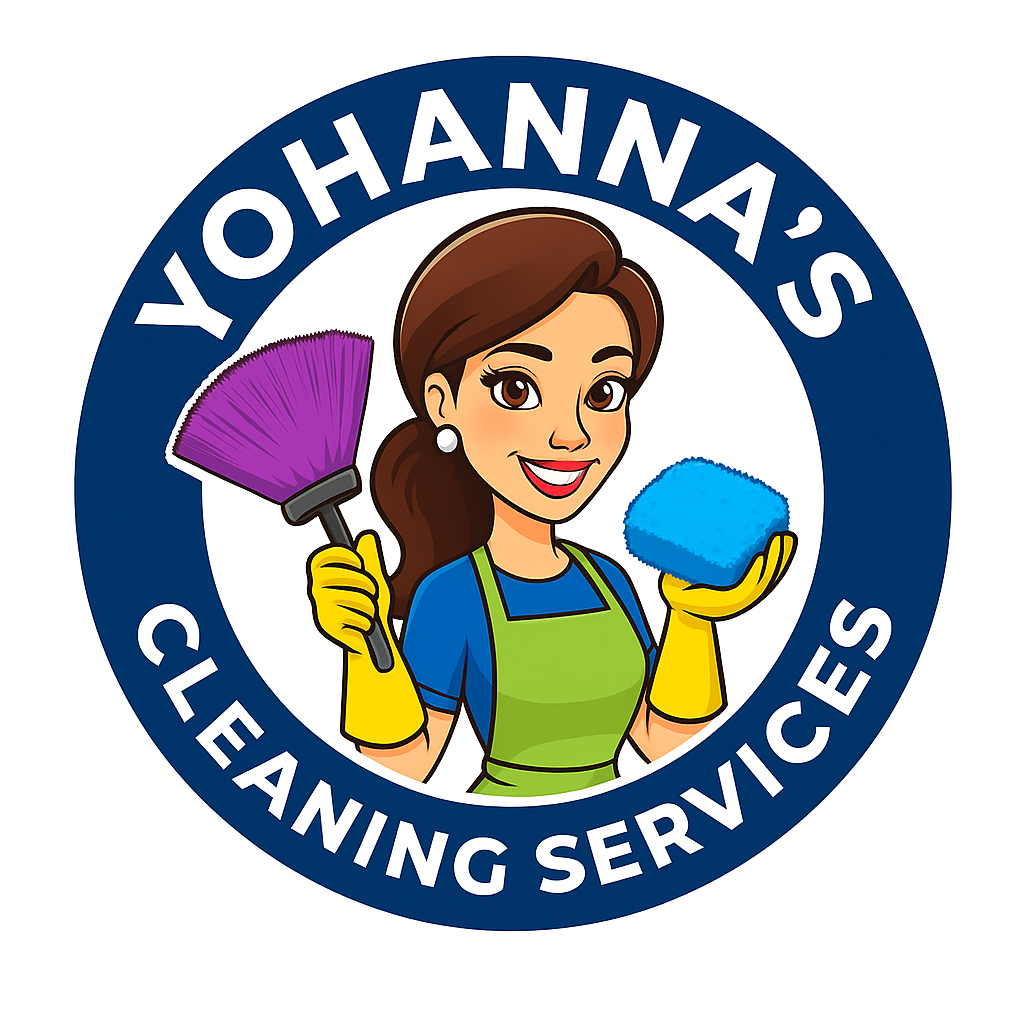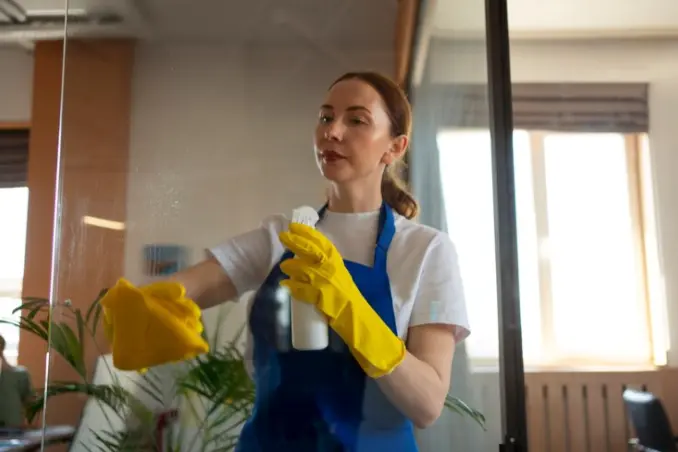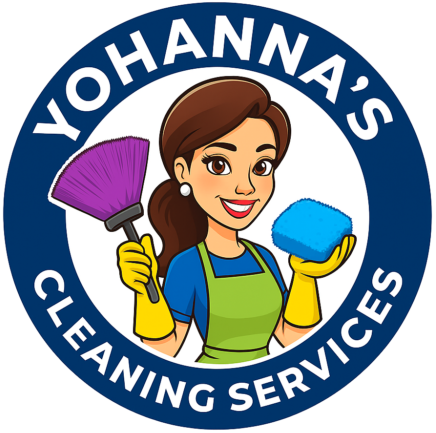Cleaning is a fundamental part of maintaining a healthy, organized, and productive environment, whether at home, in an office, or any other space. Having an efficient cleaning routine ensures that spaces are sanitary, comfortable, and aesthetically pleasing. This guide will cover how to approach your cleaning process, share some best practices, and break down various methods for cleaning different areas of your living and working spaces.
Introduction
Cleaning is more than just sweeping the floors and wiping surfaces; it’s about establishing a routine that you can follow regularly to keep your home or office clutter-free and germ-free. A well-structured cleaning process can save time, effort, and energy. Whether you do it yourself or hire professionals, understanding the best cleaning techniques for each part of your space is crucial to achieving the desired results.
In this blog post, we will explore:
- Why a structured cleaning process is essential
- Tools and supplies for effective cleaning
- A detailed step-by-step cleaning process for each part of the house
- Tips for organizing and decluttering
- Eco-friendly cleaning practices
- The importance of regular deep cleaning
Let’s dive into how you can organize your cleaning process in an efficient and systematic way.
Why a Structured Cleaning Process Is Essential
1. Saves Time
Having a set plan for cleaning makes the process faster. By working with a plan, you can avoid unnecessary repetition or spending too much time on tasks that could be completed more quickly. This also allows you to establish a consistent routine, so cleaning becomes part of your weekly schedule.
2. Reduces Stress and Anxiety
A cluttered, dirty environment can contribute to stress. Studies show that cleanliness and mental health are connected, with organized spaces helping to reduce anxiety. With a clear, effective cleaning process, you can enjoy a more peaceful atmosphere.
3. Maintains Hygiene and Health
A structured cleaning routine ensures that you’re regularly tackling areas prone to bacteria and dirt buildup. This can prevent the spread of germs and reduce the chances of illness, especially in shared living spaces or high-traffic areas like kitchens and bathrooms.
4. Extends the Life of Your Furniture and Appliances
Regular cleaning and maintenance prevent wear and tear on your furniture, carpets, and appliances. Dust, dirt, and grime can damage surfaces over time, but consistent cleaning will help protect your belongings and save you money in the long run.
Essential Tools and Supplies for Effective Cleaning
Before diving into the cleaning process, it’s important to have the right tools and cleaning supplies. This not only makes your job easier but also ensures you’re cleaning thoroughly and efficiently.
Tools
- Vacuum Cleaner: Ideal for cleaning carpets, rugs, and upholstery.
- Broom and Dustpan: Basic tools for sweeping floors and small debris.
- Microfiber Cloths: Perfect for dusting and wiping down surfaces without leaving streaks.
- Mop: A mop paired with a good floor cleaner is essential for hard floors.
- Scrub Brushes: For scrubbing tough stains in areas like the kitchen sink, bathroom tiles, and tubs.
- Squeegee: Handy for cleaning windows and mirrors to avoid streaks.
- Sponges and Scouring Pads: For cleaning dishes, kitchen counters, and other surfaces that need scrubbing.
- Gloves: Keep your hands protected while dealing with chemicals or tough stains.
- Bucket: Helps with mopping and carrying cleaning supplies around.
Cleaning Products
- All-purpose Cleaner: Great for most surfaces, from countertops to walls.
- Disinfectant: Crucial for sanitizing high-touch areas such as doorknobs, light switches, and countertops.
- Glass Cleaner: Ensures streak-free mirrors and windows.
- Wood Polish: Helps keep wooden furniture and floors shiny and well-maintained.
- Bathroom Cleaner: Specialized for tackling soap scum, mildew, and grime in the bathroom.
- Laundry Detergent: Necessary for cleaning towels, linens, and clothes.
- Floor Cleaner: Choose one based on the type of floor you have, whether it’s wood, tile, or laminate.
- Baking Soda and Vinegar: Natural cleaning agents that are eco-friendly and effective for various tasks, such as cleaning drains or removing stains.
Step-by-Step Cleaning Process for Different Areas
1. Kitchen
The kitchen is one of the most important places to keep clean as it’s prone to grease, grime, and bacteria buildup. Here’s a detailed cleaning process for keeping your kitchen sparkling clean:
Daily Cleaning:
- Wipe down countertops, tables, and the stove after every meal.
- Clean the sink and make sure no food particles are left in the drain.
- Sweep the floor to pick up crumbs and food debris.
Weekly Cleaning:
- Mop the floors.
- Clean out the fridge by discarding old or expired food, wiping down shelves, and organizing items.
- Clean the microwave by heating a cup of water with lemon for a few minutes and then wiping down the inside.
- Wipe down cabinet doors and handles, as these are often touched and can accumulate bacteria.
Monthly Cleaning:
- Deep clean the oven by using a specialized cleaner or vinegar and baking soda to remove grease buildup.
- Pull out appliances like the fridge or stove and clean behind them.
- Wipe down the walls, particularly areas behind the stove where grease tends to splatter.
- Clean and sanitize garbage bins.
2. Living Room
The living room is often where we spend the most time, so keeping it clean and clutter-free is essential for maintaining a relaxing space.
Daily Cleaning:
- Tidy up by putting away books, magazines, or other items.
- Wipe down coffee tables and other surfaces.
- Vacuum or sweep the floor, especially if you have pets that shed.
Weekly Cleaning:
- Dust shelves, TV stands, and any decorative items.
- Vacuum carpets and rugs thoroughly. For hard floors, mop or vacuum them.
- Clean the windows and mirrors with a glass cleaner.
- Wash or vacuum curtains or blinds.
Monthly Cleaning:
- Deep clean upholstered furniture by vacuuming cushions and using fabric cleaners for stains.
- Rotate and fluff pillows and cushions to keep them in good shape.
- Wash any throw blankets or decorative covers.
3. Bathrooms
Bathrooms require regular cleaning due to moisture, which encourages the growth of mold, mildew, and bacteria. Here’s how to stay on top of it:
Daily Cleaning:
- Wipe down the sink and counters.
- Spray the shower or tub with a cleaner after use to prevent soap scum buildup.
- Clean the toilet using a toilet brush and cleaner.
- Hang up towels to dry and replace them regularly.
Weekly Cleaning:
- Scrub the shower and tub to remove soap scum and grime.
- Clean the mirrors using a glass cleaner.
- Wipe down all surfaces, including shelves, faucets, and light fixtures.
- Clean the toilet thoroughly, paying attention to the base and around the floor.
- Mop the floor and wipe down walls if necessary.
Monthly Cleaning:
- Clean shower curtains and liners to prevent mildew buildup.
- Use a strong cleaner or a mixture of vinegar and baking soda to clean the grout between tiles.
- Check drains and unclog them if needed using a drain cleaner or baking soda and vinegar.
4. Bedrooms
Your bedroom should be a sanctuary, so regular cleaning will help create a calm and relaxing space.
Daily Cleaning:
- Make your bed to instantly make the room look tidy.
- Pick up any clothes, books, or other items that might be lying around.
Weekly Cleaning:
- Dust all surfaces, including nightstands, dressers, and headboards.
- Vacuum or mop the floor, especially under the bed where dust can accumulate.
- Change bed linens and pillowcases.
- Organize your closet and put away clean clothes.
Monthly Cleaning:
- Vacuum mattresses and consider flipping or rotating them.
- Wash pillows and comforters (check labels for washing instructions).
- Clean out closets and drawers, getting rid of items you no longer need.
Tips for Organizing and Decluttering
A significant part of the cleaning process is making sure your space is organized and free of unnecessary clutter. Here are some tips:
1. Follow the One-In, One-Out Rule
For every new item you bring into your home, get rid of something old. This will help you control clutter and prevent overcrowding in your space.
2. Use Storage Bins and Organizers
Invest in storage solutions such as bins, baskets, and drawer organizers. These can help you categorize and store items in an organized way, whether it’s in your closets, pantry, or bathroom cabinets.
3. Declutter Regularly
Set aside time every few months to go through your belongings and get rid of items you no longer use or need. This includes clothes, kitchen gadgets, and décor items. Donate or recycle anything that’s still in good condition.
4. Create a Paper System
Papers tend to accumulate in homes and offices. Designate specific spots for important documents, receipts, and other papers, and regularly sort through them to discard what’s not needed.
Eco-Friendly Cleaning Practices
Sustainable cleaning habits are not only good for the environment but also for your health, as they reduce the amount of harmful chemicals in your home. Here are some eco-friendly cleaning tips:
1. Use Natural Cleaning Products
Instead of chemical-laden cleaners, opt for natural alternatives like vinegar, baking soda, and essential oils. They’re effective for most cleaning tasks and are safer for both the environment and your health.
2. Minimize Paper Towel Use
Instead of using disposable paper towels, switch to washable cloths or microfiber towels that can be reused. This reduces waste and is more economical in the long run.
3. Conserve Water
Be mindful of how much water you’re using while cleaning. For example, avoid letting the faucet run continuously while washing dishes or cleaning surfaces.
4. Recycle and Reuse
When decluttering, consider donating items or finding ways to repurpose them instead of throwing them away. This reduces the amount of waste that ends up in landfills.
The Importance of Regular Deep Cleaning
While your regular cleaning routine keeps the surface areas clean and organized, it’s important to schedule deep cleaning sessions periodically. Deep cleaning targets areas that don’t need daily or weekly attention but still accumulate dirt and grime over time.
Areas to Focus on During Deep Cleaning:
- Behind and under large appliances like refrigerators and stoves.
- Inside the oven and range hood filters.
- Baseboards and crown moldings.
- Air vents and filters (clean or replace as needed).
- Ceiling fans and light fixtures.
- Upholstered furniture and mattresses.
- Carpets and area rugs (consider professional cleaning every 12-18 months).
- Windows and window screens.
- Drains and plumbing (check for blockages and clean thoroughly).
Regular deep cleaning helps improve air quality, maintains the integrity of your home’s surfaces and appliances, and prevents the buildup of harmful germs and bacteria.
Conclusion
Establishing a thorough, efficient cleaning routine is key to maintaining a healthy and organized living space. By following a structured cleaning process, investing in the right tools and supplies, and incorporating eco-friendly practices, you can keep your home looking its best while reducing stress and promoting a more peaceful environment.
Remember, cleaning doesn’t have to be overwhelming. Break down tasks into daily, weekly, and monthly responsibilities, and make cleaning a regular part of your schedule. Whether you clean your space yourself or hire help, staying organized and proactive will ensure your home remains clean, healthy, and enjoyable.
By following these steps, your cleaning process will become more manageable, leaving you with a clean and fresh space that you can be proud of every day. Happy cleaning!



